The Lost Burro Mine is located in Inyo County California, within the boundaries of Death Valley National Park. It is recorded in the USGS MRDS database as records 10036121 and 10236489.
The mine was discovered in 1907 and was worked intermittently by several owners until the 1970s.
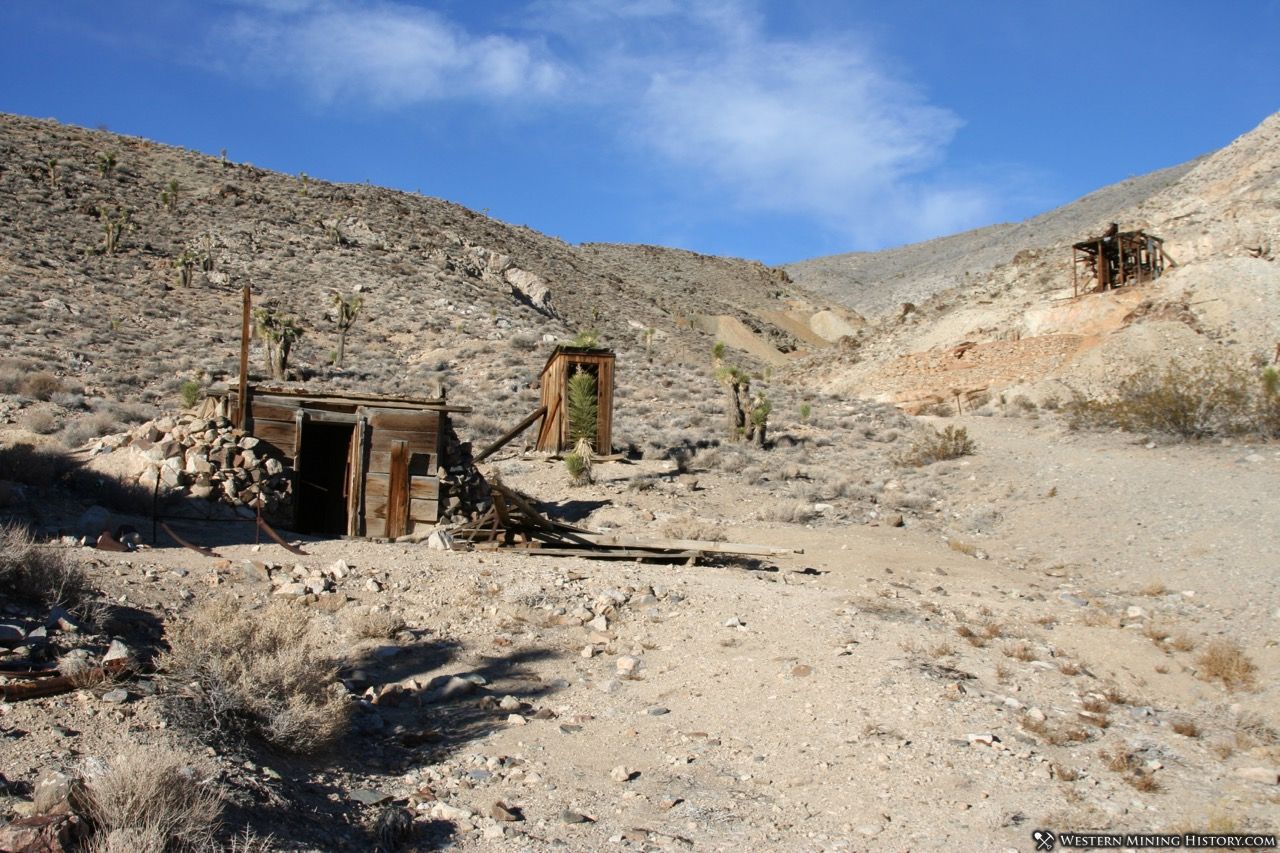
The National Park Service has provided a report with historical details and a site assessment for the remaining mine infrastructure, the following text is from that report. Mine photos were taken in 2008.
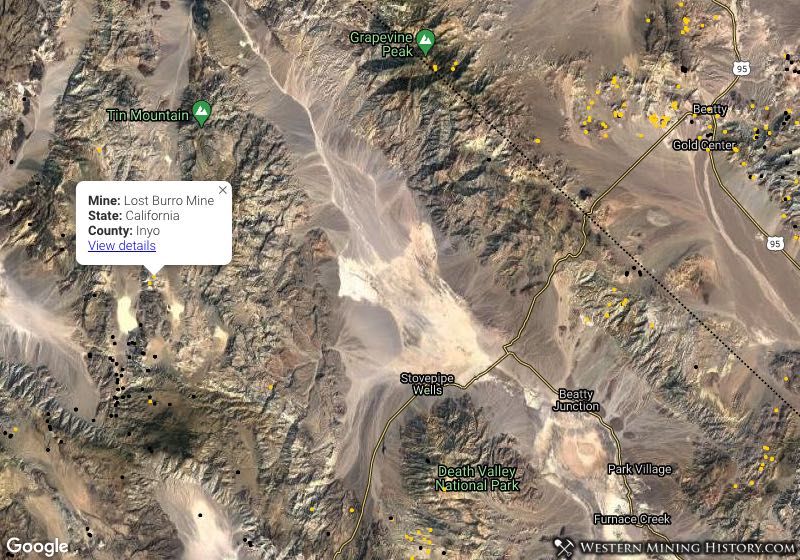
Lost Burro Mine History
The rich outcroppings of the Lost Burro Mine were first discovered, quite by accident, on 18 April 1907 by Bert Shively while in the process of rounding up some of his burros. Shively, who had formerly been involved in a lease on Ladd Mountain in Rhyolite, immediately filed on six claims that showed free gold with surface assays running from $40 to $1,000 per ton.
In partnership with him on the property located about 3-1/2 miles northeast of the Racetrack and six miles north of the Ulida Mine were W. D. Blackmer, general manager of the Tramp Consolidated; W.B. Morris, superintendent of the Bullfrog Mining Company; Charles N. Garden, superintendent of the Tramp Consolidated; and Jack McCormick.
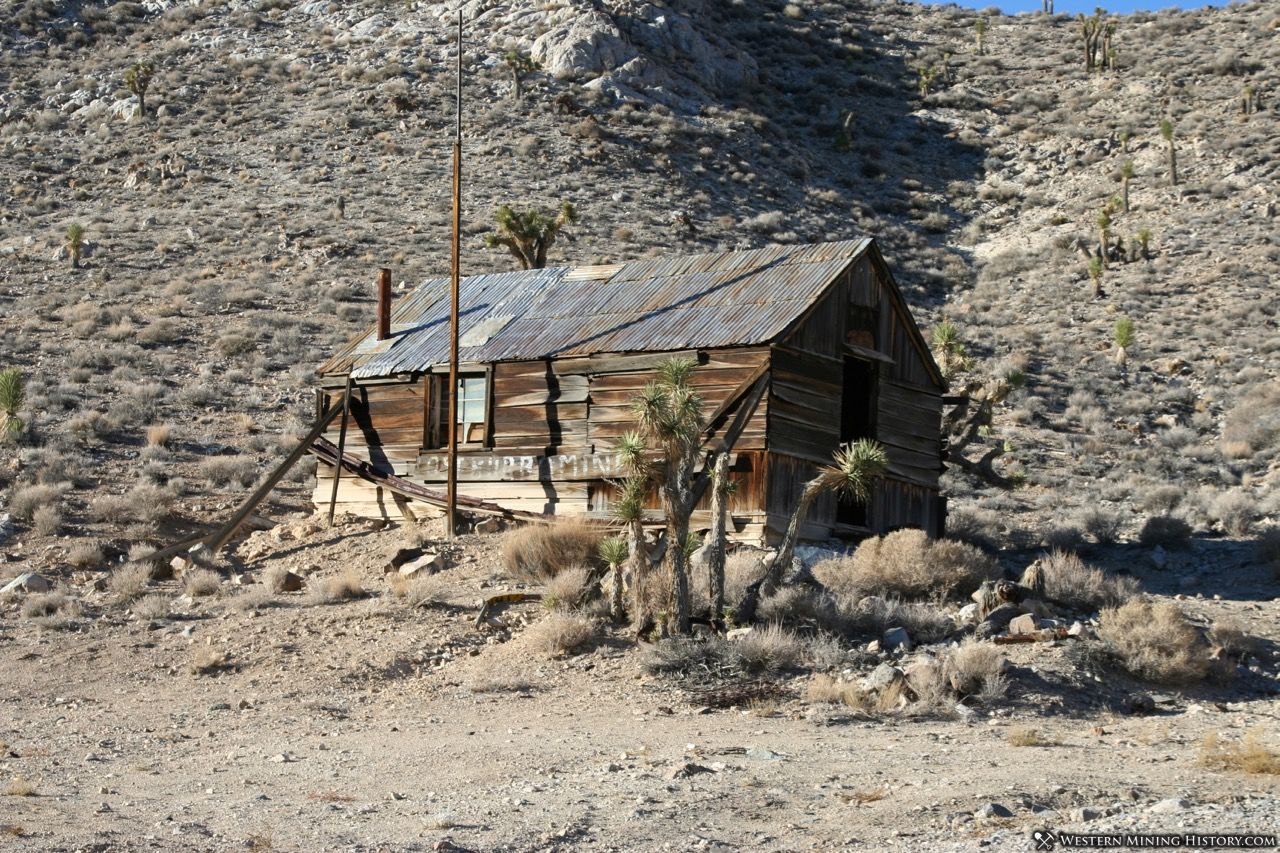
Almost immediately the five discoverers bonded the property for sixty days to a Julius Lamley (Lemle) of Beatty and associates for $45,000, the new operators intending to work eighteen shifts a week. For one reason or another their plans did not materialize, and a month later their option was turned over in the form of a working bond of $50,000 to Thomas Cornish, a Denver capitalist, and H.B. Lind of Goldfield. By October, however, due to a complex chain of circumstances, the property had reverted to the original owners.
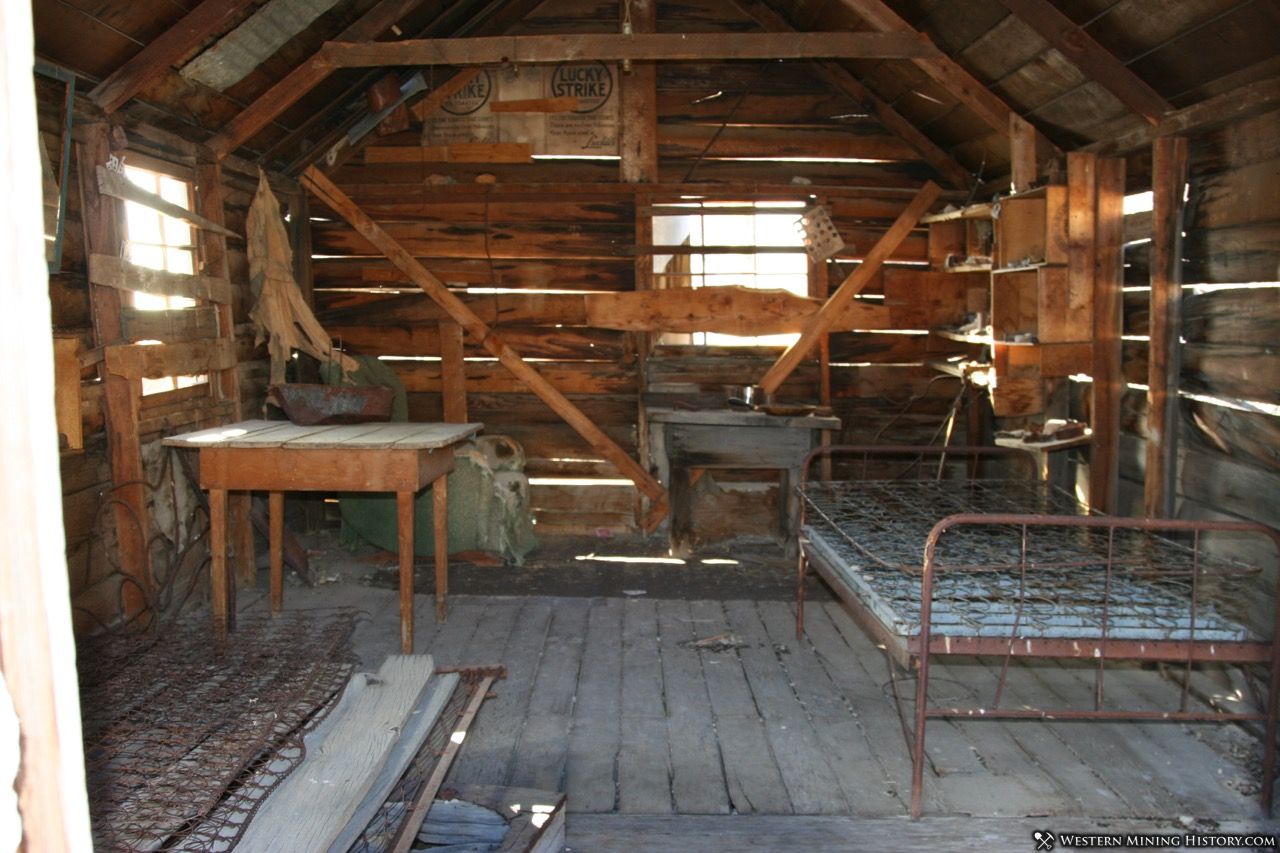
It seems that upon Cornish’s death, his partner Lind, being hospitalized, was unable to make the next payment on the property within the allotted time. His request for an extension was denied by the owners, who doubtless preferred operating what was turning into an extremely valuable property by themselves or leasing it to someone else at a much higher price. The mine was producing ore reportedly averaging $80.86 per ton in gold, with at least $50,000 worth of the ore in sight; probably tons more existed under ground that was as yet undeveloped.
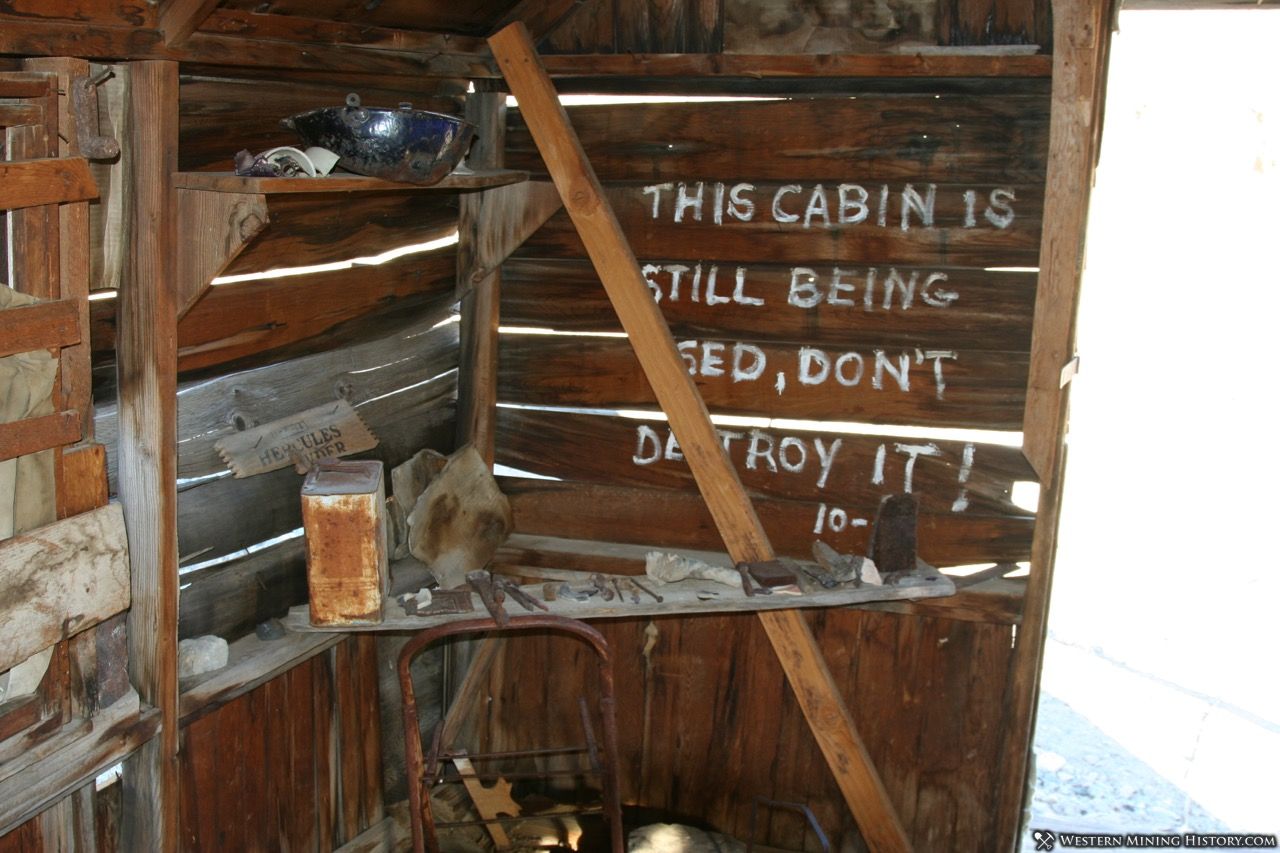
The financial depression of 1907 did not halt work at the Lost Burro, by now regarded as one of the richest claims in the Ubehebe District. It was proposed, however, that some crude form of treatment, such as mortaring and panning, be used to process the ore and help make ends meet during this crisis period. A 110-foot tunnel was the extent of the property’s underground workings in the winter of 1907.
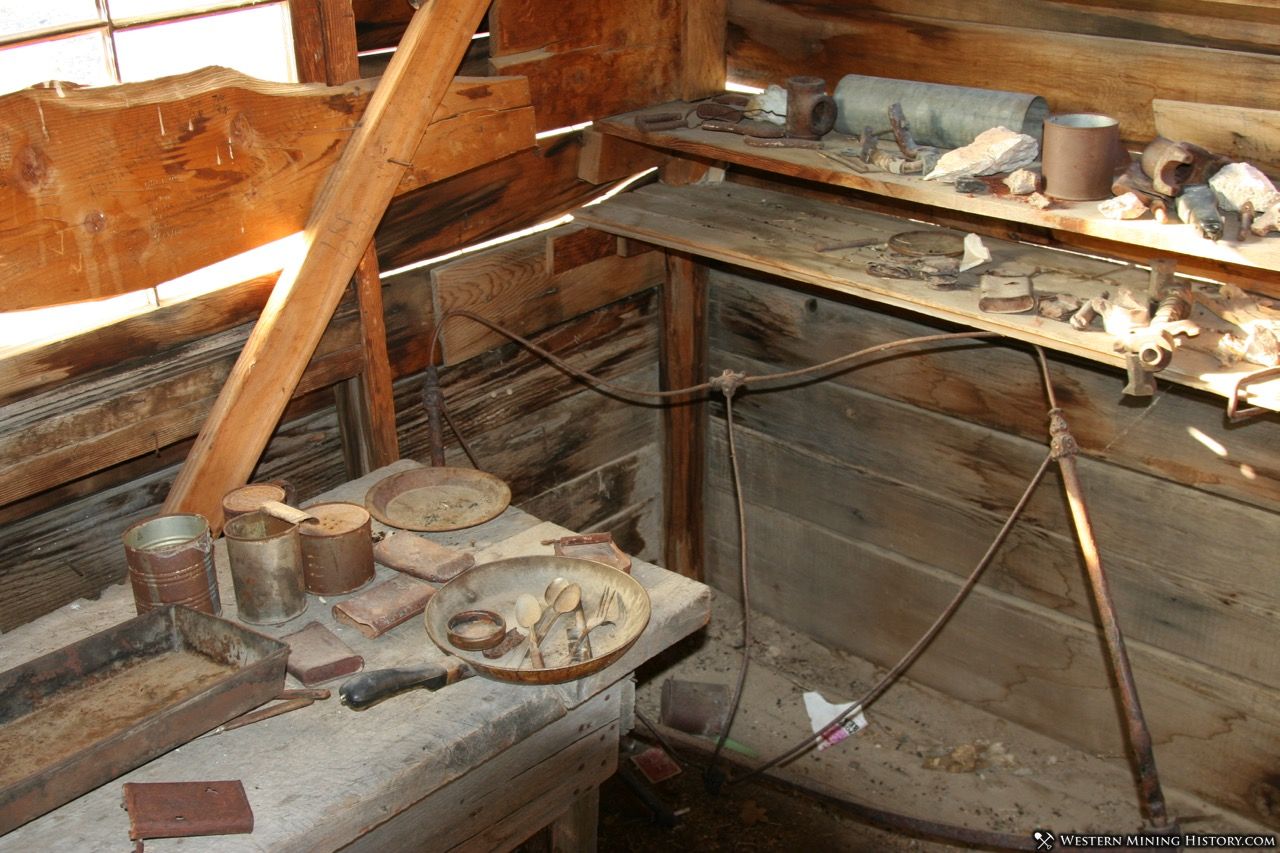
By early spring 1908 the property was undergoing another change of ownership, with its appropriation by the Goldfield Consolidated interests for a reported $35,000. Incentive for the purchase was probably provided by recent assay results ranging from $300 to $1,450 in gold per ton.
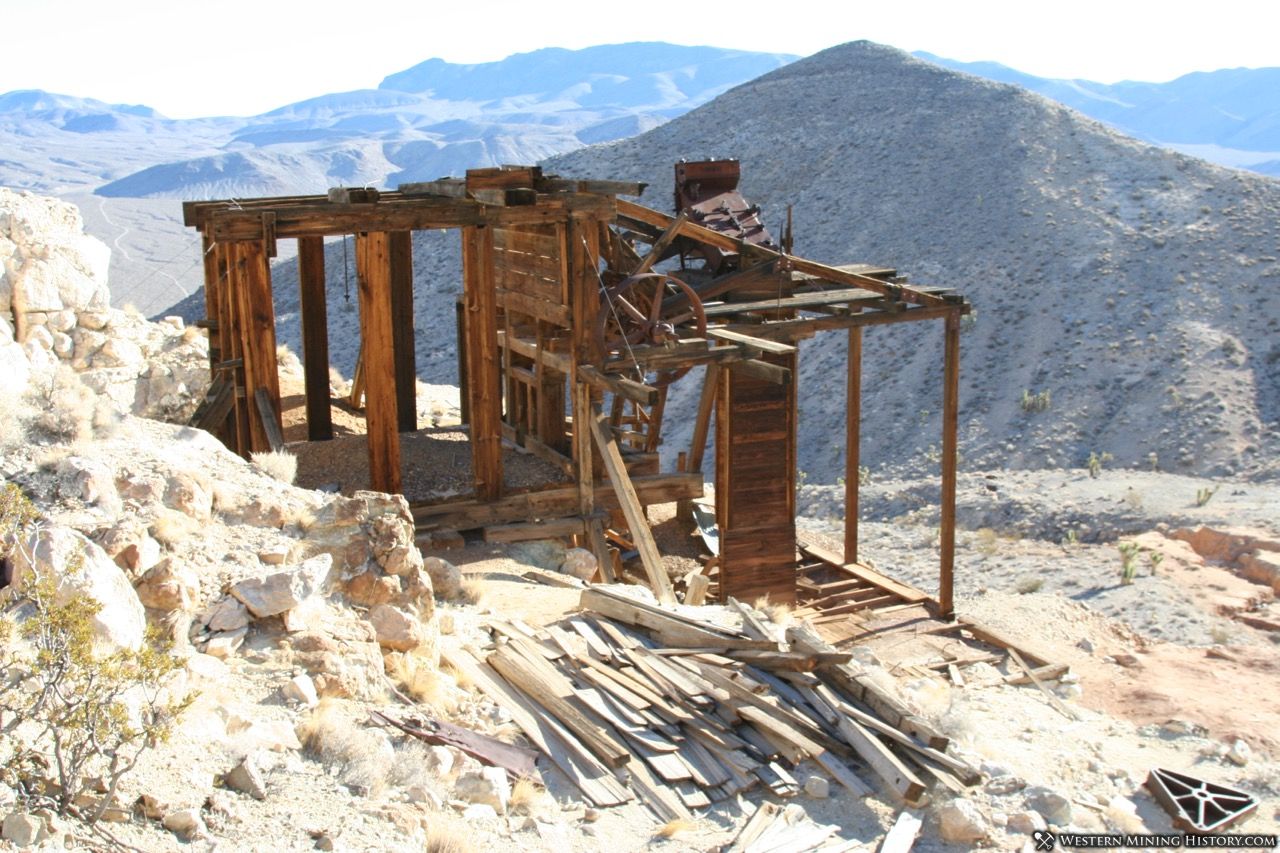
By February 1909 the mineralized zone on the Burro that was being worked included a ten-foot-wide blanket vein with an extraordinary showing of $15 to $18 in gold per ton from wall to wall, and a very rich twelve-inch-wide strike that ran through the property and produced samples running well over $1,000 per ton.
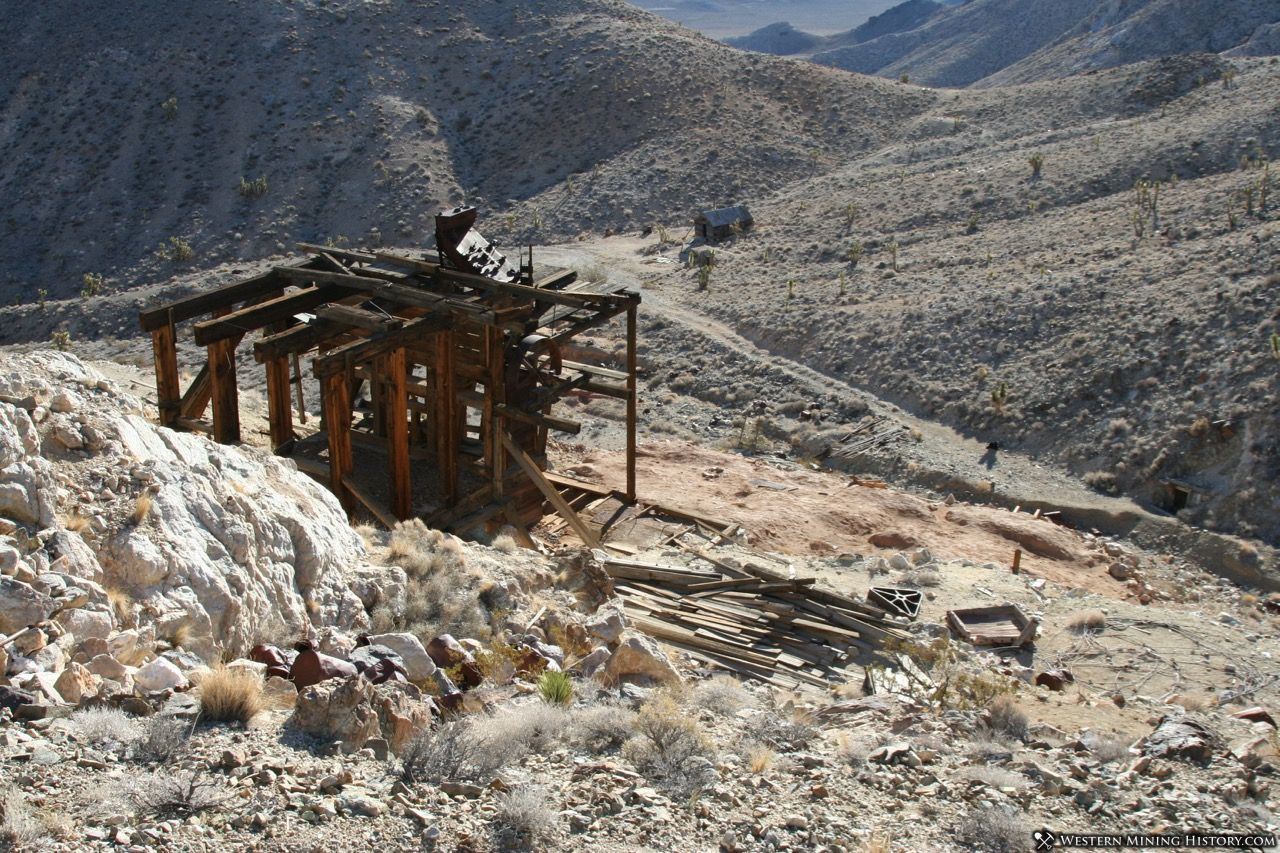
A new sale was now pending for the property involving a reputed $60,000, and rumors hinted that the new owners would install a mill to handle the high-grade ore. The end of February saw completion of the deal for $40,000 to mining interests from California, the third sale concerning the property on which a payment had been made within the last two years, total cash payments amounting to $9,000.
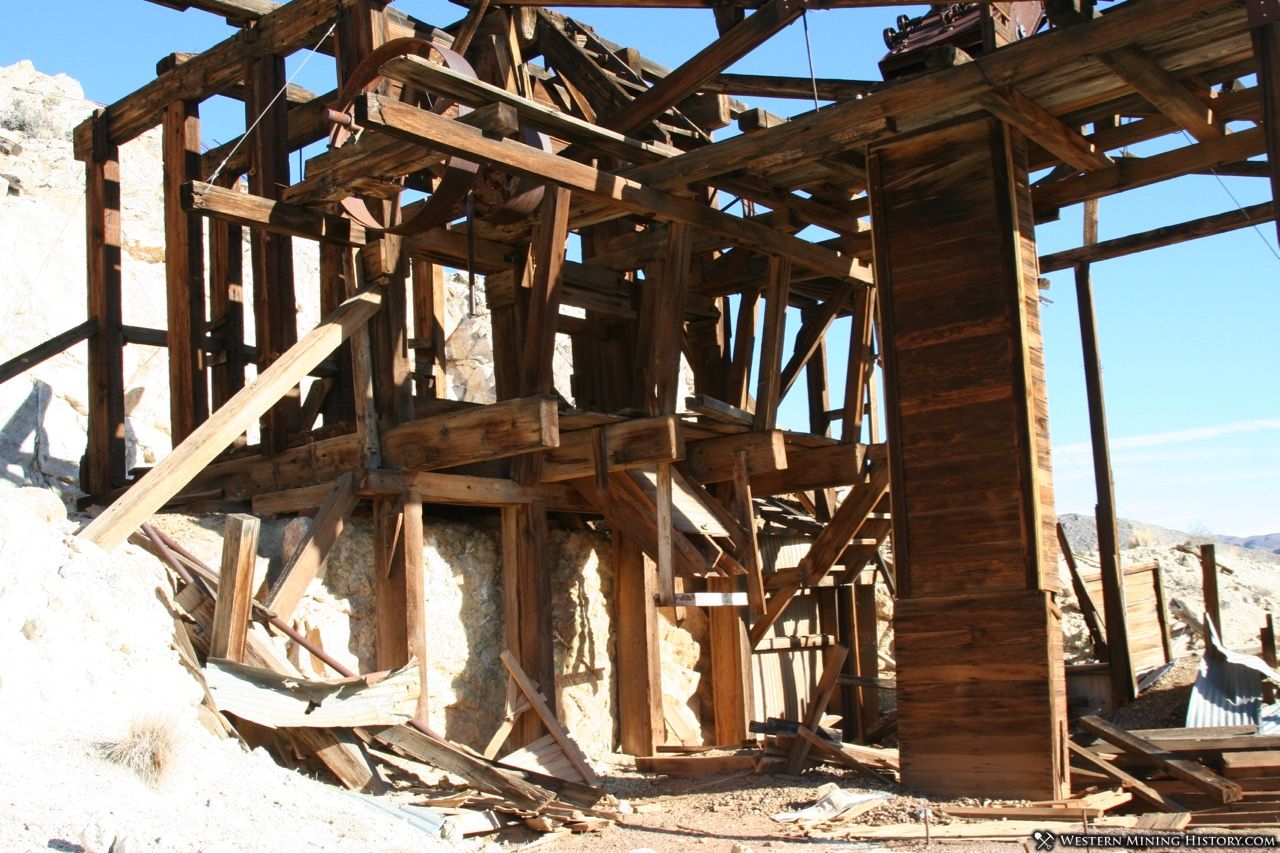
Development at the site consisted of a 120-foot-deep shaft with lateral workings running along the vein. Several thousand tons of ore, said to be worth around $30,000, had been stockpiled on the dump. Immediate company, plans called for shipping the high-grade ore while awaiting completion of the mill.
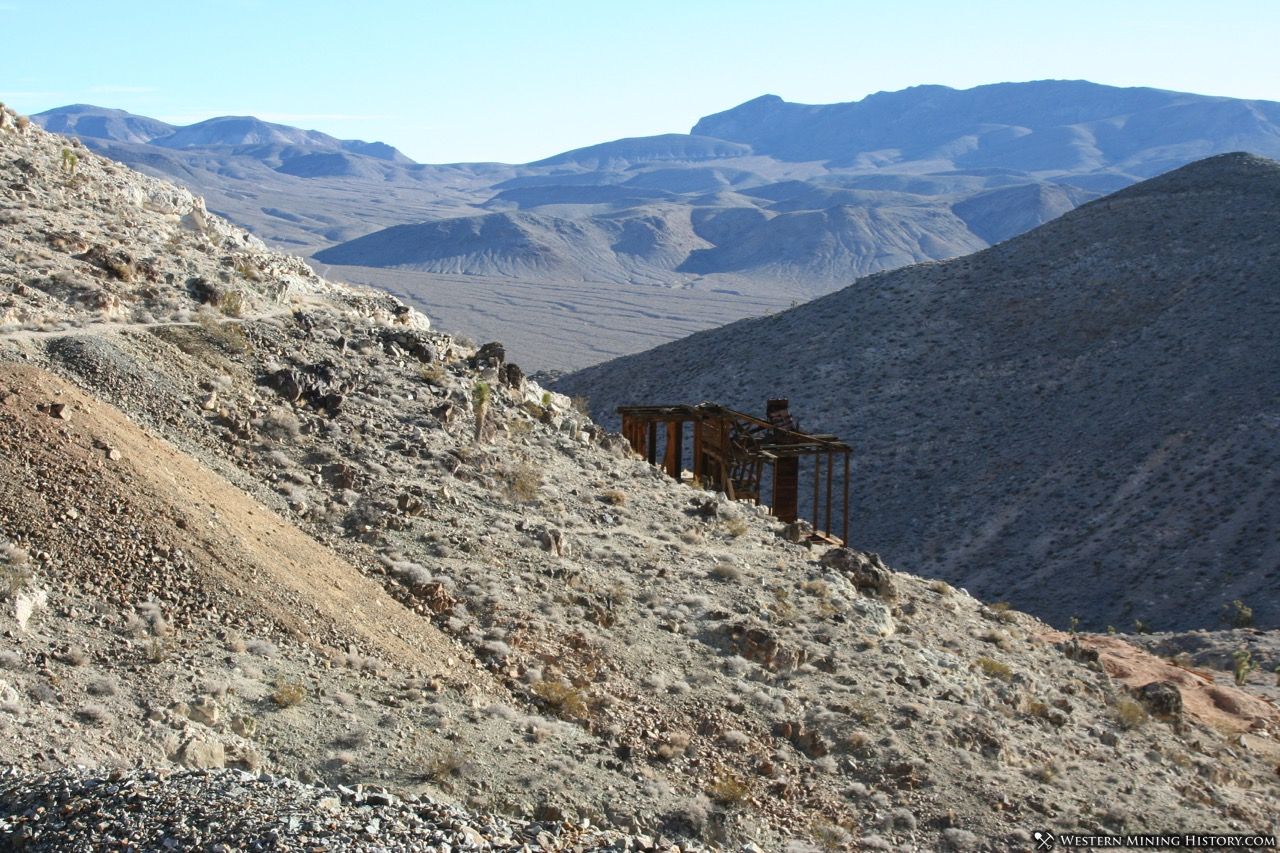
Once again, in the summer of 1909, the Lost Burro came under option, this time to a Keeler man for $4,000, but no further mention was found as to whether he made the required payment. By 1911 Charles Garden and the McCormick brothers were still performing annual assessment work on the Lost Burro Group, where development now included a fifty-foot-long lower tunnel that intersected a vein yielding an average of $15 in gold per ton.
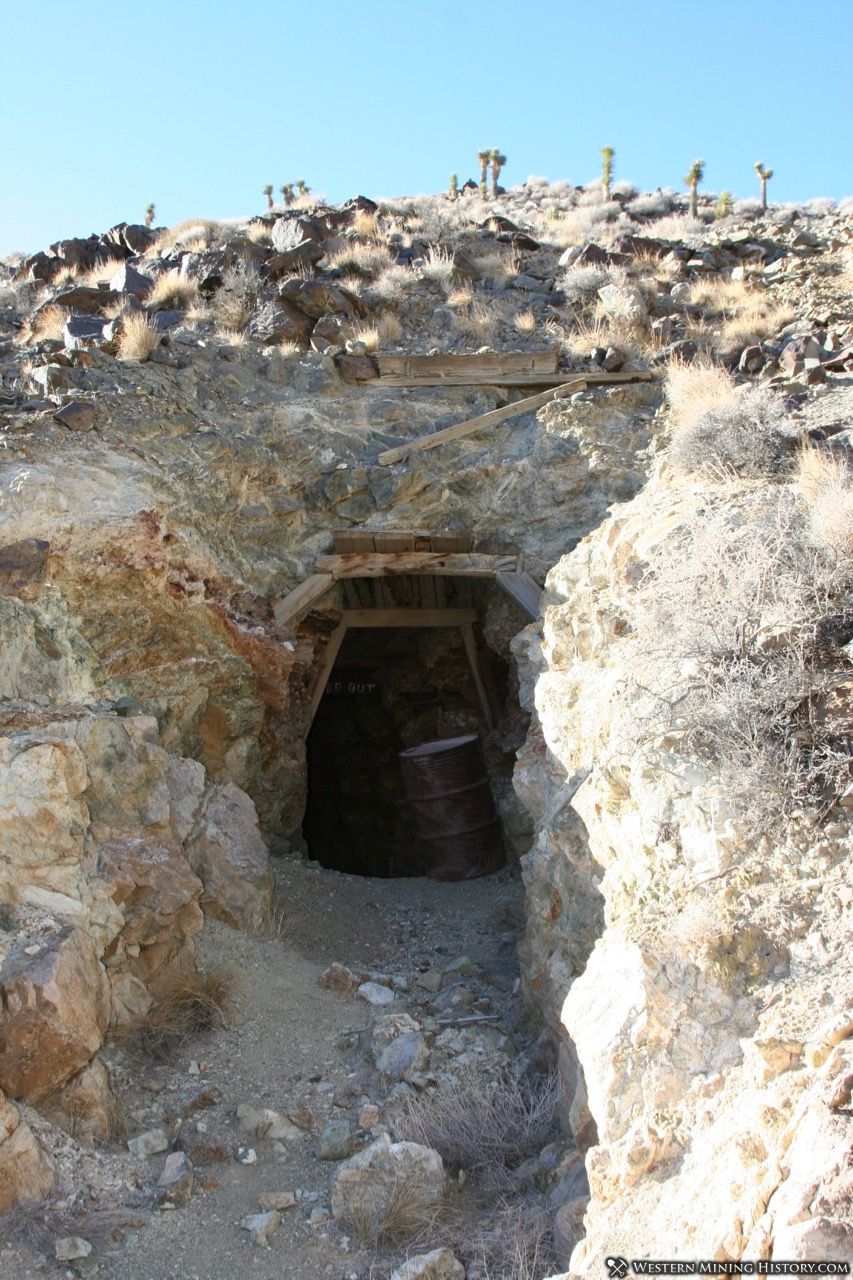
Four years later the Montana-Tonopah Company secured the property on a lease and bond basis, their tests showing that 85% of the gold could be recovered by amalgamation. Construction was immediately begun on the foundations for a fifty-ton five-stamp mill to be shipped from Bonnie Claire. Trucks would be used to haul the machinery the first thirty miles from the railhead over the good sections of the road, and a Caterpillar tractor, maintaining a top speed of three miles per hour, would be used over the last difficult twenty-two miles to the mine.
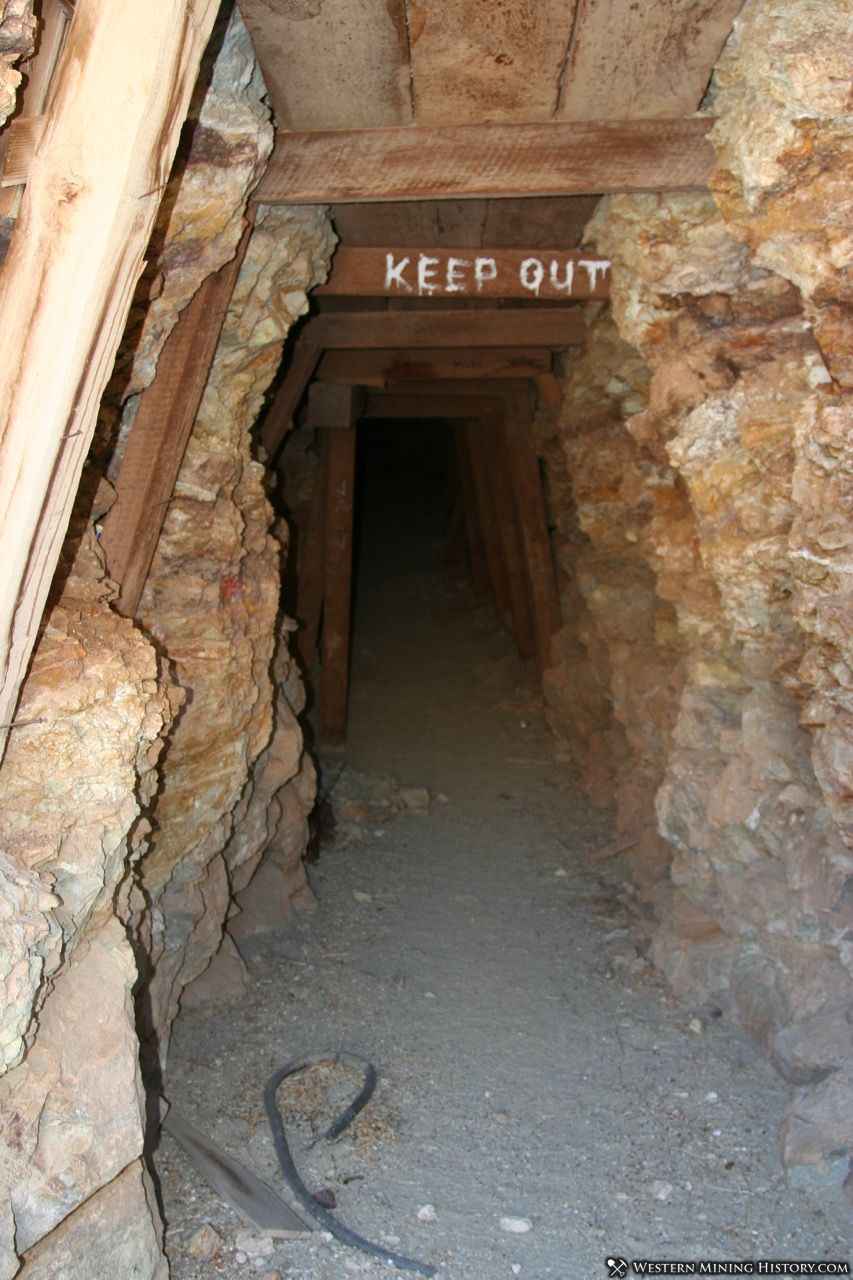
In 1917 the mine property was reported to consist of several short tunnels driven along the vein and intersecting ore averaging $25 per ton; no production of record had yet resulted. Mention was also made of foundations existing for a five-stamp mill and cyanide plant, which had never been completed, that was to have been powered by water relayed via a pipeline from Burro Spring located on Tin Mountain about 7-1/2 miles northeast.
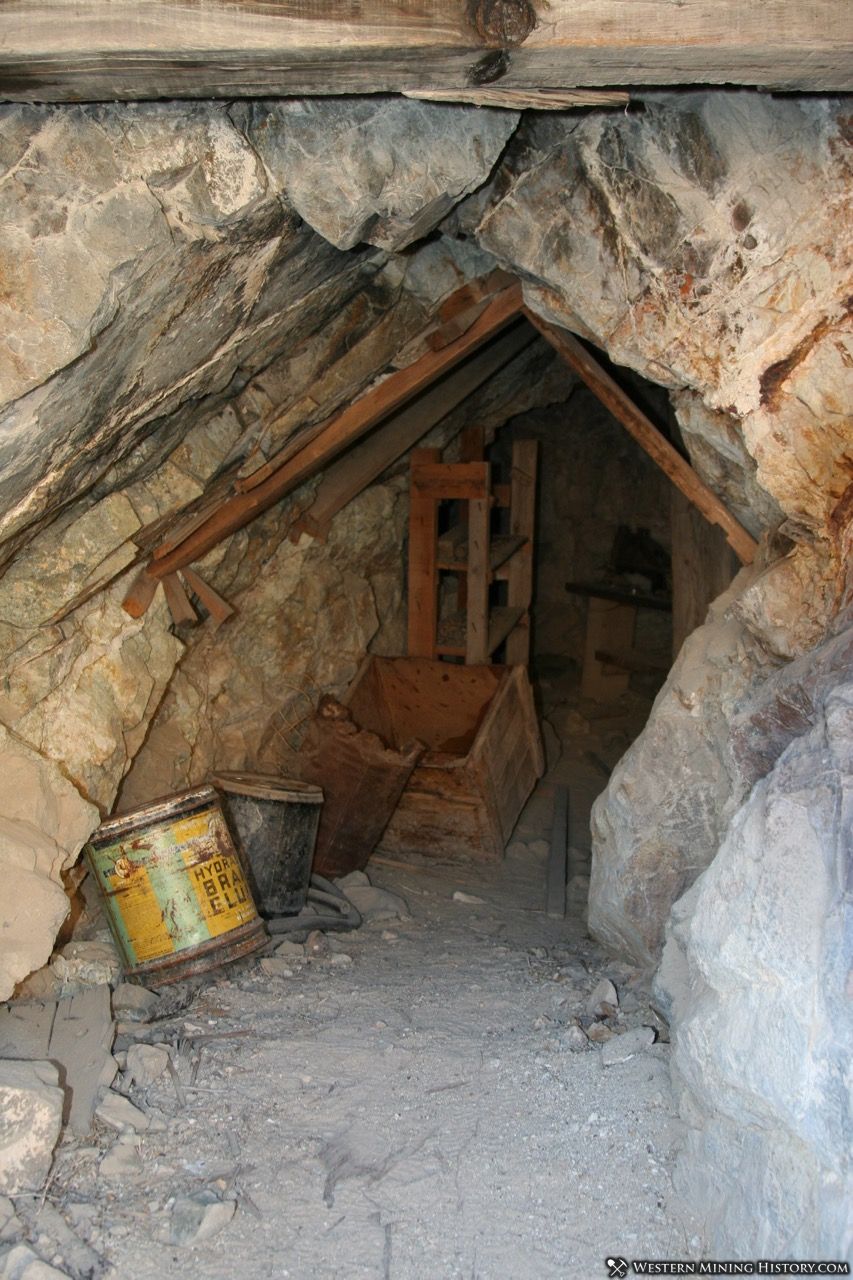
The property, listed as owned by the Lost Burro Mining Company of Los Angeles, W.H. (D?) Blackmer, president, was idle at this time, but the report said that the property had reportedly been sold to the Montana-Tonopah Mines Company, of which Charles E. Knox of Berkeley was superintendent and manager. This was evidently the last year the property was worked until the 1930s.
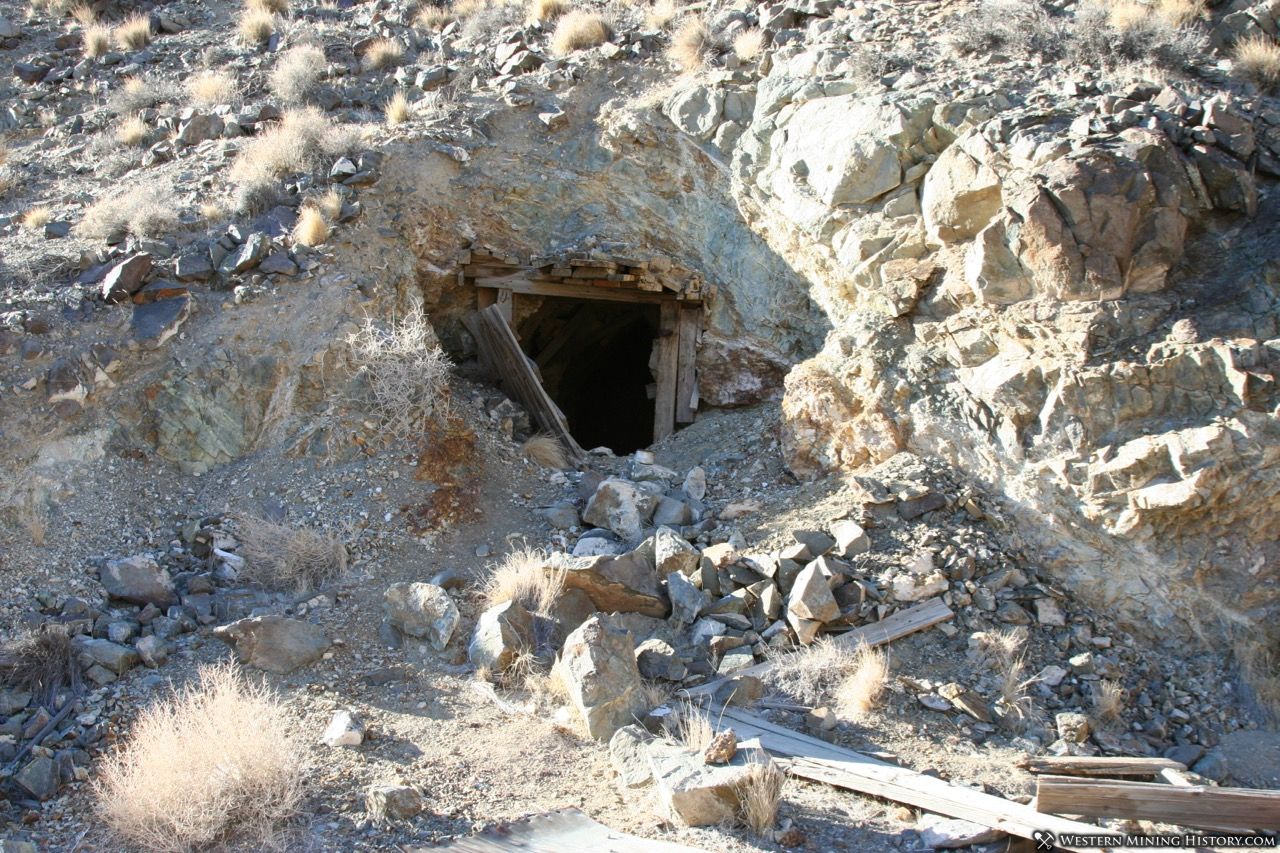
In 1928 a notice of deeds filed associated Andy McCormick with ownership of the Lost Burro and Lost Burro No. 2 mines. According to the present claimant, Mr. W.C. Thompson, the Montana-Tonopah Company leased the mine from McCormick from 1906 through 1912, after which time McCormick and his partner Phil Day recovered $85,000 in gold from the property.
McCormick continued mining here until 1938, occasionally shipping small amounts of ore. Thompson also states that he and A.Z. “Shorty” Borden relocated the original claims in 1942, Borden later quitclaiming them before his death and Thompson then amending the claims in 1948. Official records, however, show the Lost Burro #1 and #2 claims were relocated by these two men in 1948 along with a Gold Belt Mill Site 1/4 mile north of the spring and later amended by Thompson as sole owner in 1970.
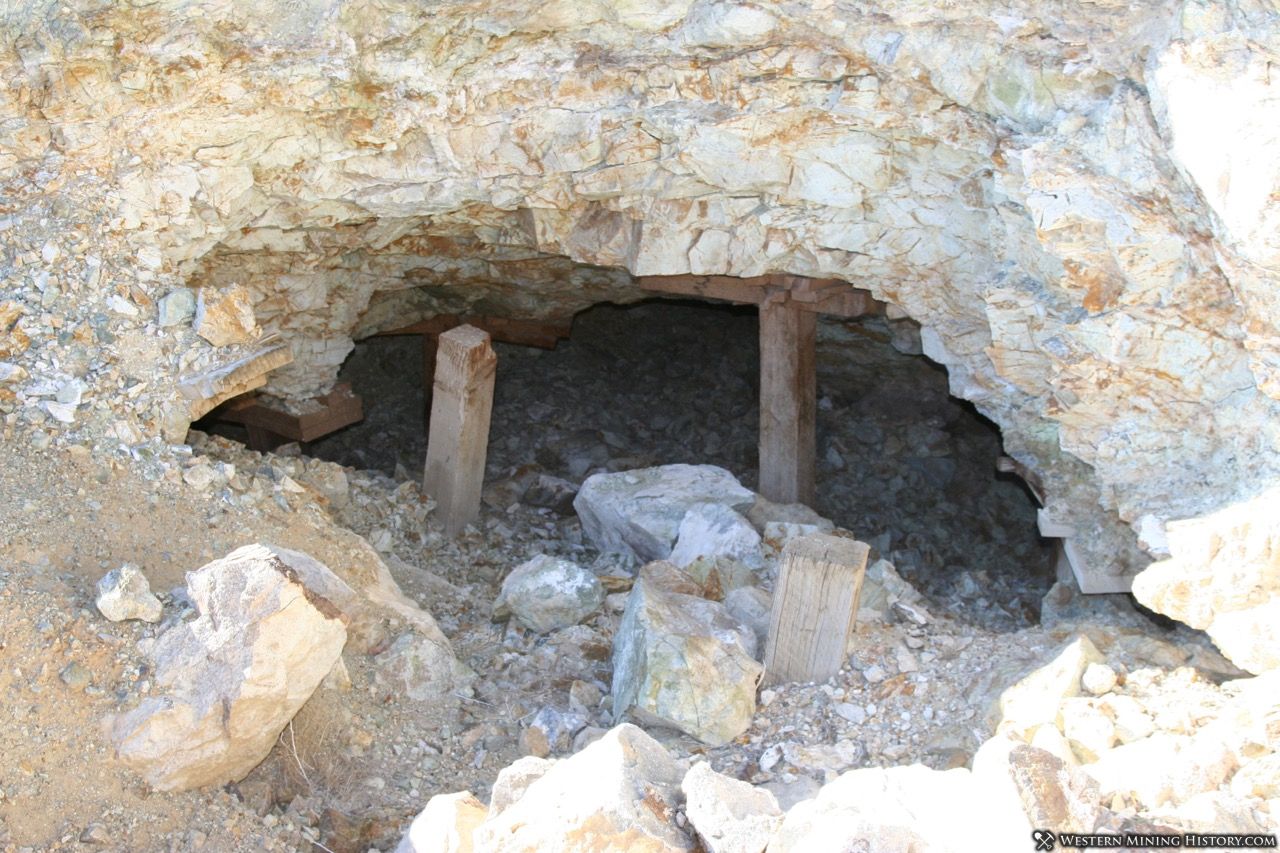
Thompson continued performing a small amount of mining activity and at one time intended to install a ball mill above Mosquito Spring to process the Lost Burro gold ore, then averaging $50 per ton.
Present Status of the Lost Burro Mine
The Lost Burro Mine is located at the northern end of the mountain range separating Hidden Valley from Racetrack Valley. It is situated in a draw reached by a dirt track extending a little over a mile west from the gravel Hidden Valley road. The site is about 1-1/2 miles south of Lost Burro Gap.
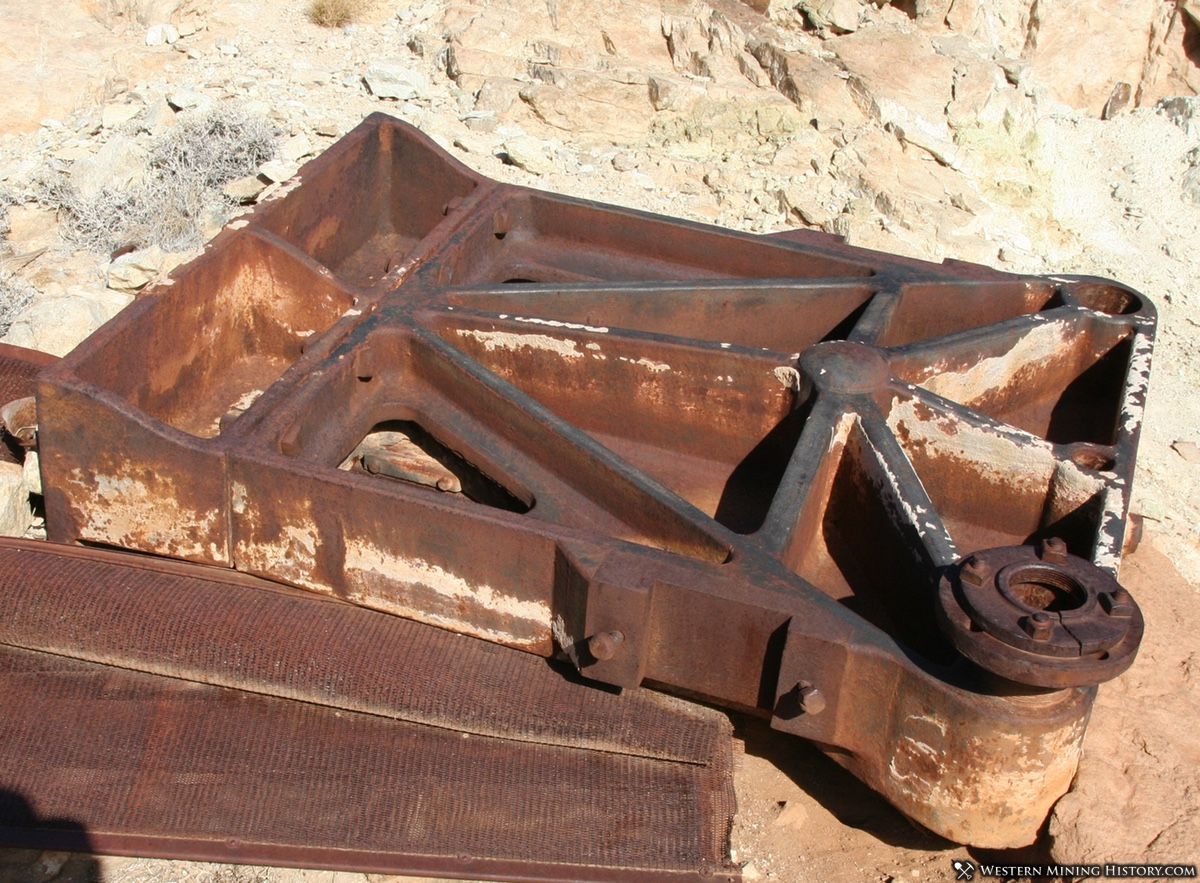
Several signs, some warning against trespass and others of a humorous nature, line the road. The claimant’s wood shack is at the mouth of the draw along which, advancing uphill, are the remains of an ore-processing mill; several adits, some of which have been used for storage; a one-chute ore bin; and other miscellaneous mine workings.
The wooden shack, with an associated shed, dugout, and outhouse in close proximity to the northwest, was vandalized sometime toward the end of 1977, and a wood-burning stove and other objects of minimal value were taken. A large trunk was broken into and its contents–papers and records–scattered about.
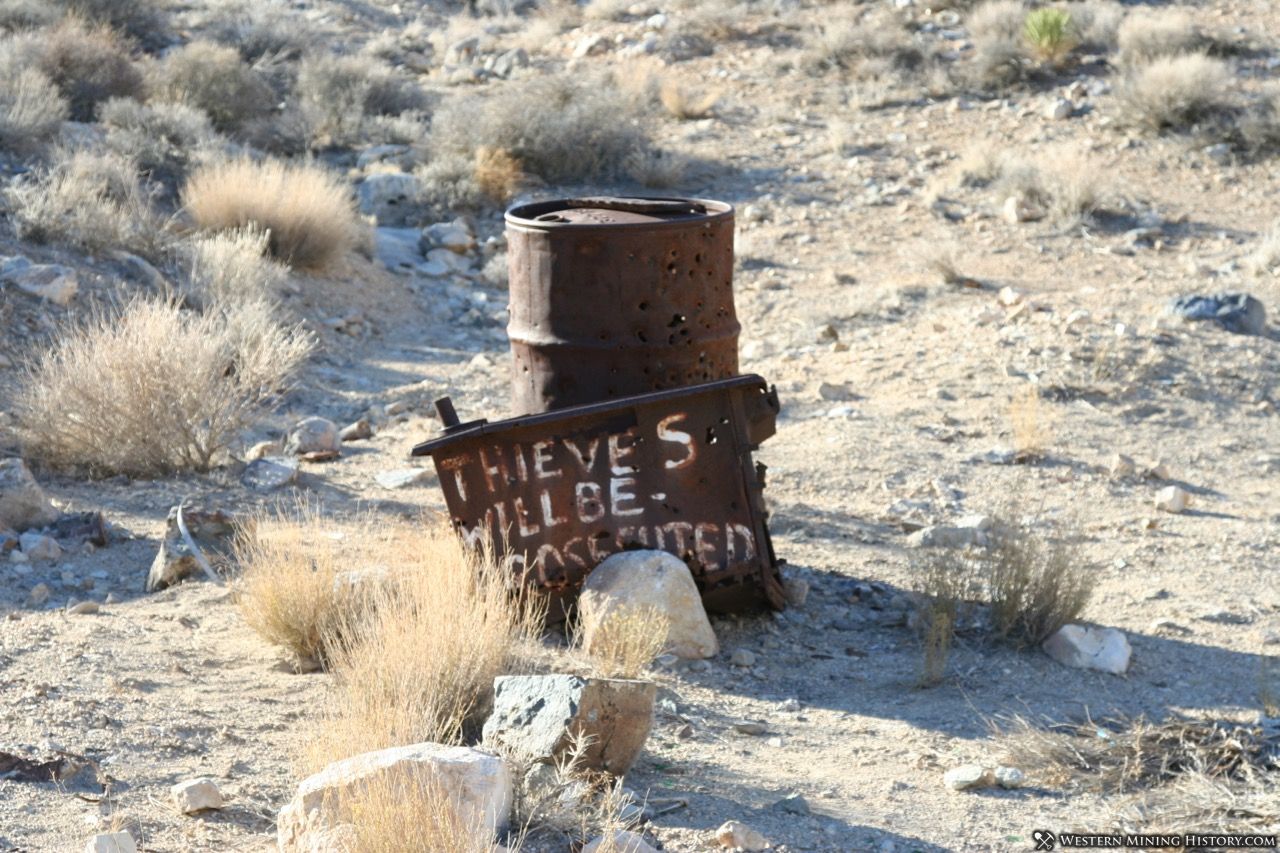
The various sealed tunnels leading off the gully were used for storage of fuses, pulleys, canned goods, old mining equipment, mill parts, etc. The mine workings consist of two shafts plus the various tunnels. Thompson evidently built the ore bin himself.
Much debris in the form of rusted oil drums, tin cans, old chairs, etc., as well as several lengths of the Burro Spring two-inch-diameter pipeline litter the site. The mill remains consist of the wooden framework and five or six levels of masonry foundations stairstepping down the hillside. Various items of machinery connected with the milling operation, such as a small retort or smelter (?) and sluice box (?), are scattered about over the foundations.
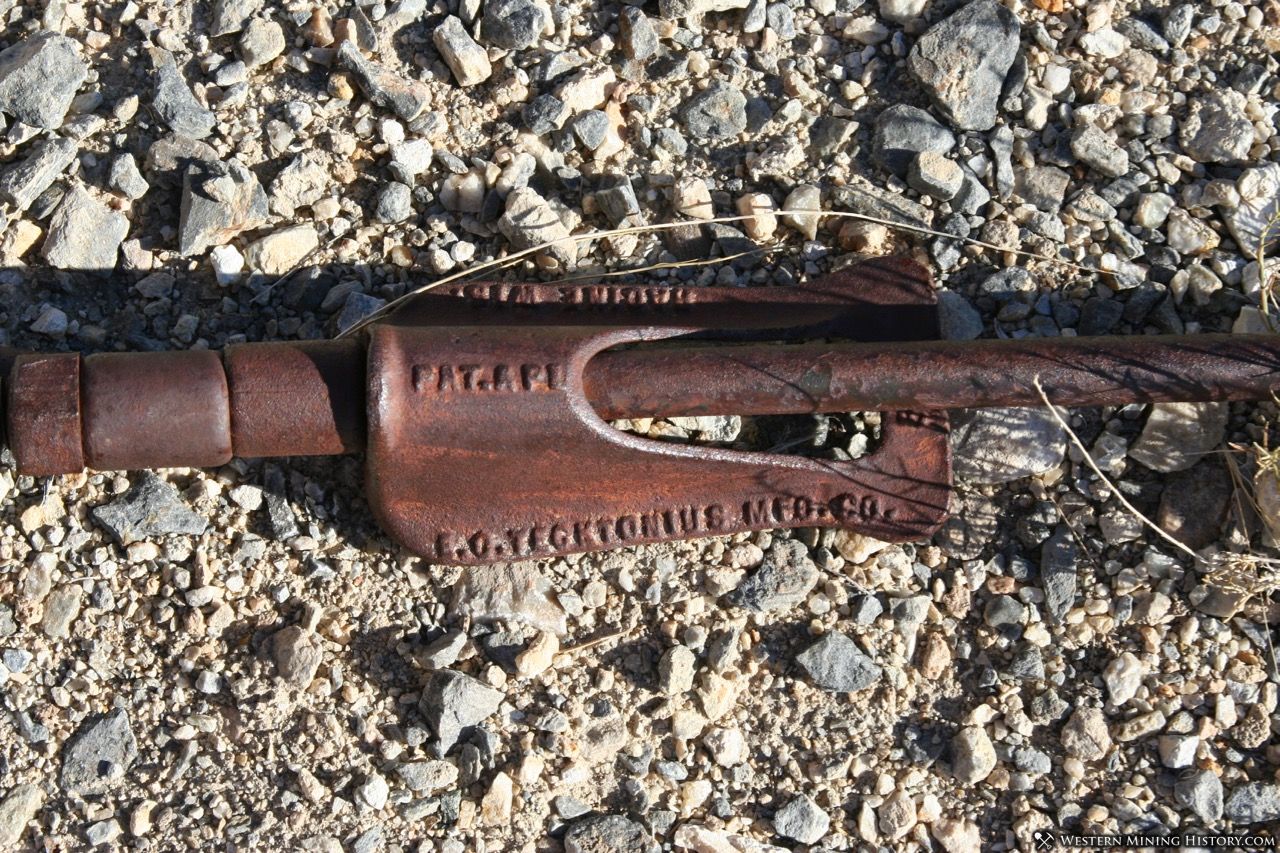
The main underground workings include three groups of stopes connected to the surface by two adits, while separate workings surround both the east and west shafts. The Lost Burro Mine lies totally within the Lost Burro #1 and #2 claims.
NPS Recommendations for the Lost Burro Mine Site
The significance of this mine lies in its being the only exclusively gold-bearing property in the Ubehebe District. Considered one of the richest mines in the area, it procured for its owners several thousand dollars in options. Despite the listing of its official production between 1935 and 1942 at 255 ounces of gold, it probably produced closer to $100,000 during its lifetime.
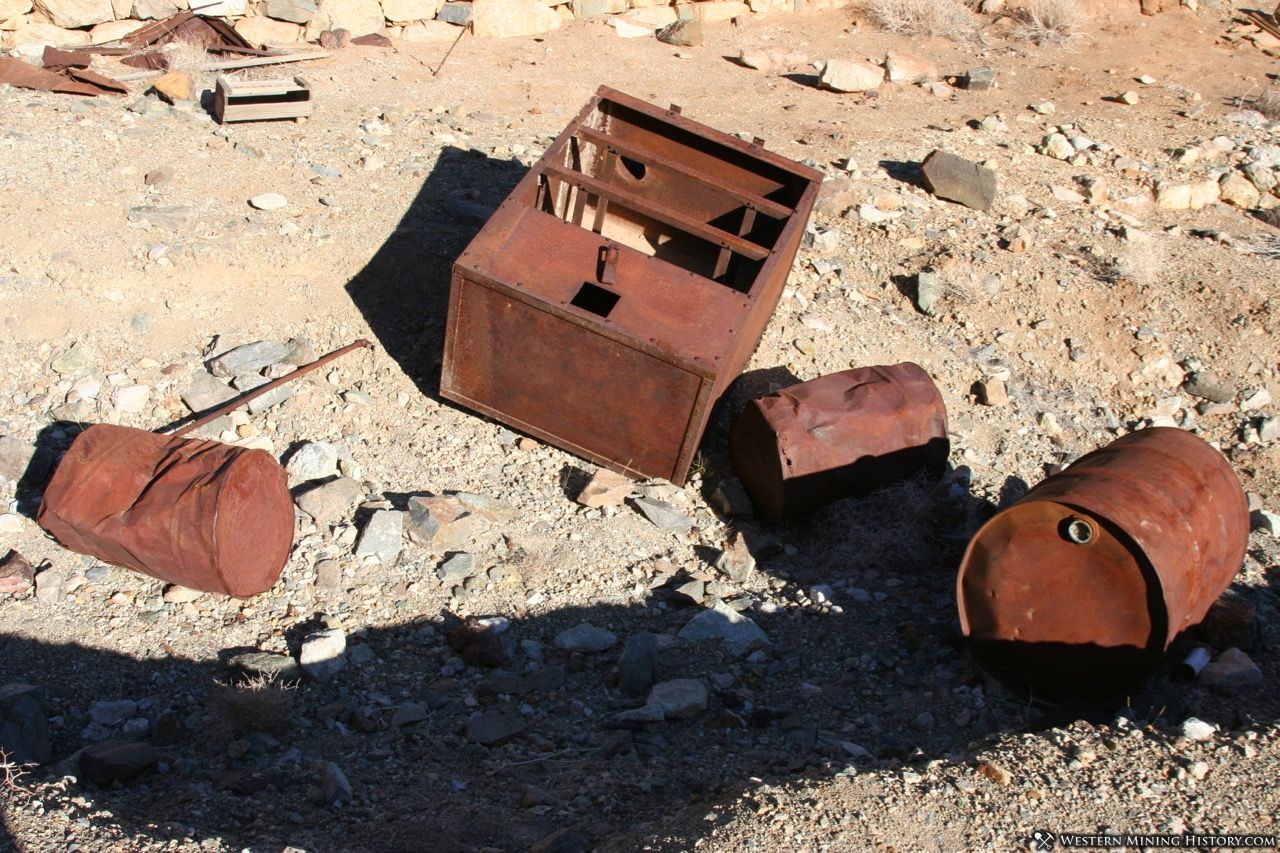
The mill ruin on the site is quite extensive, although no significant data has been found on it other than notice of the initiation of its construction by the Montana-Tonopah people around 1917. No pictures of a completed mill have been found, nor any production records, so it is unclear how long it actually functioned.
Remnants of pipe on the site are connected with the pipeline project to relay water from Burro Spring, to the northeast in the White Top Mountain area, to the mine. Broken pipe segments almost paralleling the route of the present. jeep trail between these two points suggests that the line was built and utilized for a short while.
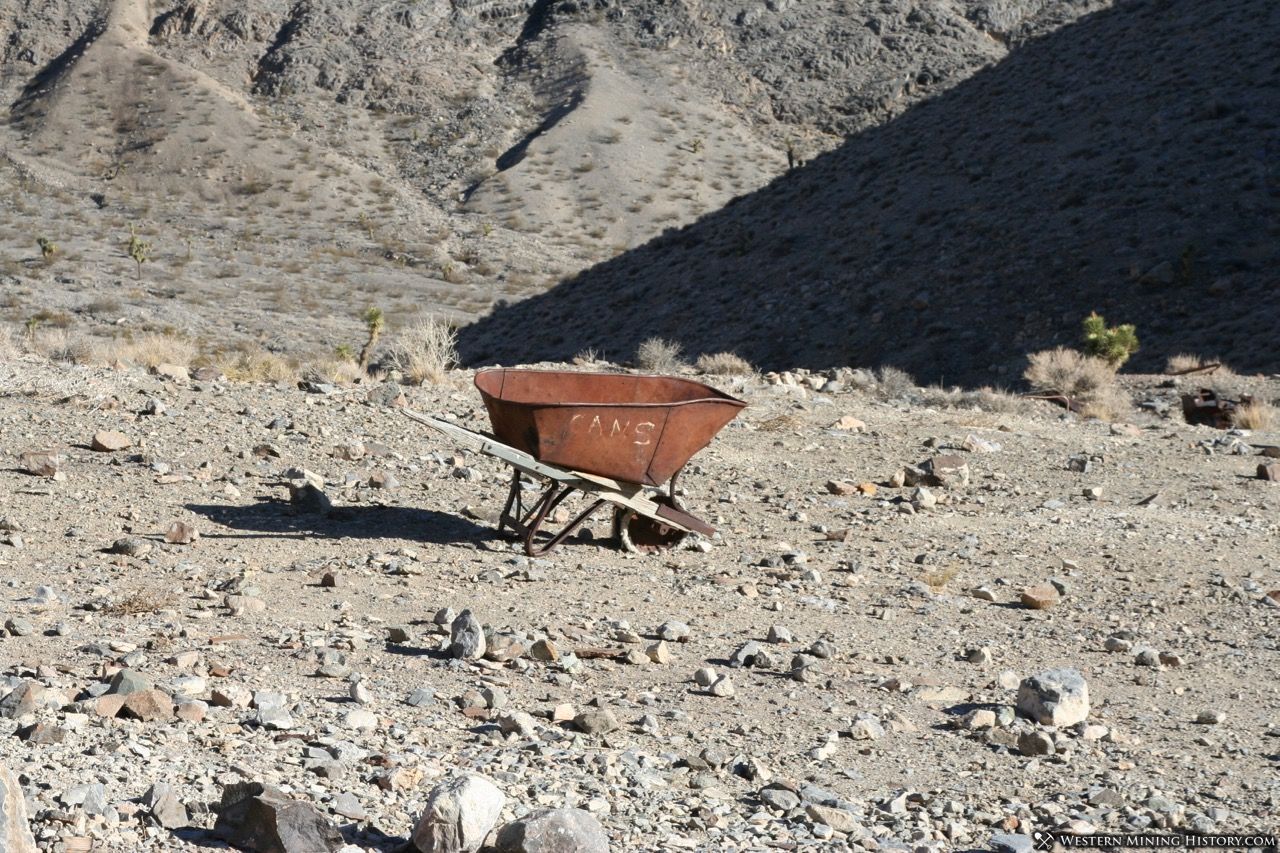
Because of the site’s status as the largest gold producer in the predominantly copper, lead, and zinc-producing Ubehebe District, and because of the presence of impressive ruins of a large stamp mill, whose operation required construction of an eight-mile-long water pipeline, and of assorted machinery that can contribute to our knowledge of twentieth-century mining technology, the property is determined eligible for nomination to the National Register as being of local significance.
Related:
Death Valley’s Harmony Borax Works
The Wildrose Charcoal Kilns of Death Valley
Where to Find Gold in California